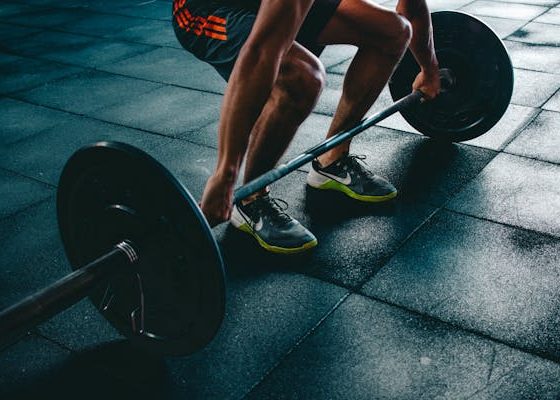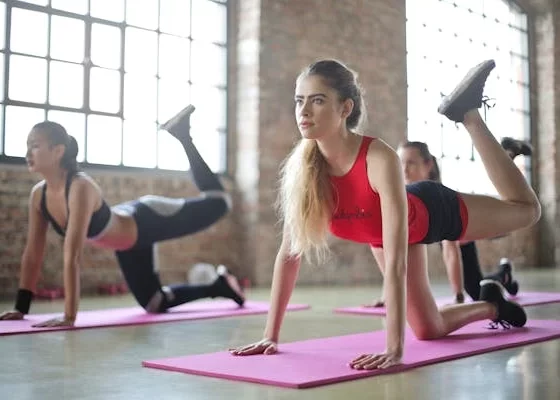Though replacing running shoes twice a year is the general consensus among running enthusiasts of all ages, there is more to consider that may mean more or less frequent replacement. How many miles you run, what kind of running you do, the quality of your shoes, your weight, and your stride can all have an impact on the timing of running shoe replacement.
Examine How You Feel Post-Run
Pay attention to how you feel after a run, as this may reveal the need for new running shoes.
- Does anything hurt (in particular: feet, knees, shins, or lower back)?
- Do your feet have new blisters after your run (although sometimes socks are the culprit here, but shoes may be to blame)?
- Are any of your toenails starting to bruise or feel tender?
Replace Shoes That Aren’t Supportive
Even new shoes might need to be replaced if they don’t offer the support your body needs for your runs. New runners may have to cycle through a few different pairs of running shoes until they find the pair that feels right and provides proper support. It’s a good idea to get fitted for proper running shoes based on your feet and stride. Specialty running shoe stores offer these fitting services – oftentimes free of charge to customers – but expect to pay a little more for shoes at a specialty store.
Runner’s World suggests waiting a week after a run before getting rid of running shoes to ensure the post-run discomfort is actually from the shoes, as opposed to fatigue.
Focus on Mileage
Mileage is an important factor when it comes to running shoes.
Average Replacement Mileage
Running shoes should be replaced every 300-500 miles. Well-constructed shoes will likely last longer than lower-end running shoes. Where the mileage takes place can also have an impact on how long the shoes will last; treadmill running can wear out shoes differently than outdoor running, yet outdoor running typically wears out running shoes faster overall.
Consider More Than Mileage
The bottom line with mileage is this: if your shoes feel worn out, it’s a good time for a replacement pair. Some shoes can far exceed the 300 mile mark and still feel great, so making a particular mileage the absolute determination of when new shoes are needed can be an expensive and unnecessary practice.
Runner Factors
Your running mechanics and how you treat your shoes can also have an effect on when you’ll need to get new ones.
How You Run Impacts Shoes
Heavier runners may have to replace their running shoes more often, as will runners who have a heavy stride. For example, consistent heel-toe strikes on running shoes without ample heel support will wear out more quickly than shoes designed for heel-toe striking.
Shoe Treatment
How the running shoes are treated by the runner also impacts how long the shoes last. Runners should take the time to untie the shoelaces on their running shoes before removing them to avoid unnecessary wear and tear. Washing running shoes in a washing machine – even shoes labeled as machine washable – might shorten the shoes’ longevity, while gentle hand-washing can actually extend the shoes’ life.
While running shoes are generally designed to be durable, they can be worn out quicker when not properly cared for.
Visible Signs of Wear
A few visual cues can help you decide if you are ready for a new pair.
Examine the Tread
Flip the running shoes over and look for signs of wear. Does the tread look rubbed off in any spots? The wear will be in different spots depending on your stride and the type of running you do, but worn-out tread is a visible sign of less support in those spots, which can lead to sub-par runs and perhaps even injury.
Check Tops and Sides of Shoes
Fraying or rips on the top or sides of the shoe can also be a tangible sign of replacement time. Though running shoes certainly aren’t intended to stay pristine with usage, anything that can compromise the stability of the shoe’s design means it’s time for a new pair.
Important Running Tools
Though most people regard running as a fairly inexpensive past-time or sport, seasoned runners know the cost of quality shoes can add up quickly. It’s a justified expense, however, as the right running shoes can increase both speed and mileage and make running more comfortable overall. Replacement running shoes are a necessary expense for runners; when your body tells you it’s time for new shoes, take heed.




